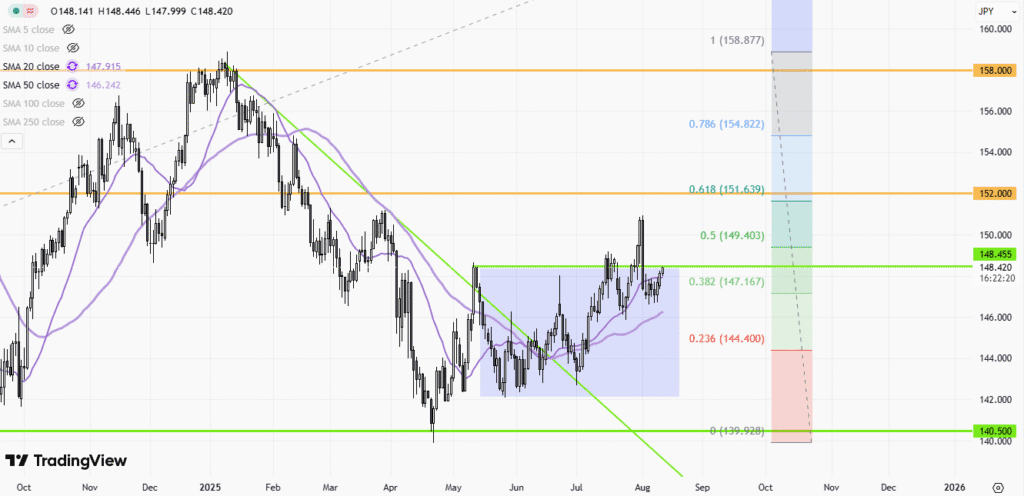 |
| Gold V.1.3.1 signal Telegram Channel (English) |

Apple’s Services Surge Past iPhone: How the Digital Ecosystem Is Redefining Apple’s Profit Growth
2025-08-18 @ 14:00
Apple’s Profit Structure Undergoes Major Shift: The Services Boom Driving Growth Beyond iPhone
For years, Apple’s business narrative was centered around the iPhone—the flagship device that powered its meteoric rise and defined the smartphone era. But a quiet transformation has been underway. Apple’s latest financial results show that the company is reaping the rewards of its bold pivot, with its services segment now emerging as a key engine of profitability—signaling a dramatic evolution in its business strategy and market dynamics.
The End of iPhone Dominance?
Apple recently released its quarterly financials, making headlines as its services division reported a record gross profit margin. For the first time ever, the gross margin for services surged past the longstanding, hardware-driven profits from the iPhone. Apple’s services—spanning the App Store, iCloud, Apple Music, AppleCare, Apple Pay, and various subscription offerings—recorded a margin of nearly 75% year-on-year, outpacing the iPhone’s roughly 55%. This marks a significant milestone in Apple’s transformation from a hardware-centric company to one fueled by a robust ecosystem of digital revenues.
Why Is Services Growth Outpacing Hardware?
There are two fundamental factors at play.
- First, the service ecosystem maximizes the value of Apple’s vast installed base. With over a billion active devices worldwide, Apple has an enormous captive audience for recurring revenue streams—from cloud storage subscriptions and music to financial services and exclusive content.
- Second, services are inherently more scalable and less exposed to supply chain volatility than hardware. While iPhone sales fluctuate with consumer upgrade cycles and macroeconomic conditions, services can be cross-sold and upsold to existing device owners. This scalability delivers structurally higher margins with far lower incremental cost.
The Growing Importance of Services Has Strategic Implications
Apple’s pivot to services carries several significant implications for its financial future:
- Resilience in Uncertain Times: The consistent, recurring nature of services revenue provides Apple with a cushion during periods when hardware sales slow, offering steadier cash flow.
-
Margin Expansion: With gross margins near 75%, Apple’s services are far more lucrative than hardware sales, which face higher production costs.
-
Increased Customer Loyalty: The company’s suite of interlinked services encourages users to remain within the Apple ecosystem, making it less likely they’ll switch to competing platforms.
-
Opportunities for Innovation: Apple can now invest more in developing new digital services—ranging from health and wellness to potential future offerings in artificial intelligence or finance—which further deepen user engagement and open additional high-margin revenue streams.
Wall Street’s Evolving View of Apple
Investors and analysts have taken notice of this strategic shift. Apple’s consistently strong services performance is increasingly seen as a vital factor driving its share price and maintaining its status as one of the world’s most valuable public companies. Importantly, the shift also buffers the company from the cyclical risks associated with hardware.
Challenges and Risks Remain
Despite these successes, Apple’s services pivot is not without challenges:
- Regulatory Scrutiny: Growing digital revenues—especially from the App Store—have attracted regulatory attention globally. Concerns about monopoly practices, payment systems, and competition law could impact how Apple structures its digital business and the fees it can charge.
-
Competition: The services landscape is fiercely competitive, with rivals like Google, Amazon, and Spotify vying for market share in streaming, cloud, and payment services.
-
Saturation Risk: As Apple’s vast user base gets fully tapped for services, the pace of growth could slow unless the company can continue to innovate and expand its offerings.
The Future: Beyond Devices
Apple’s transformation highlights a broader truth in the technology sector—hardware innovation alone is rarely enough to sustain hyper-growth. Digital services, recurring revenues, and seamless integration with devices are now the keys to locking in customer loyalty and driving profitability at scale.
For Apple, this services-led era is just beginning. The company is expected to keep investing heavily in enhancing its digital ecosystem, expanding into new verticals, and leveraging its brand to capture a growing share of users’ digital lives. As new services come online—potentially in health, finance, or even generative AI—the importance of the iPhone may diminish compared to the platform it enables.
For investors, analysts, and technology observers, Apple’s shift offers a striking lesson: the most successful tech companies are not wedded to past formulas. Over time, adapting to changing market dynamics and embracing new business models can unlock levels of growth and resilience that far surpass even their most iconic products.








